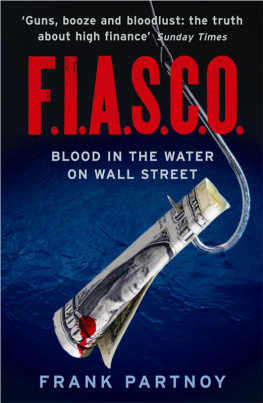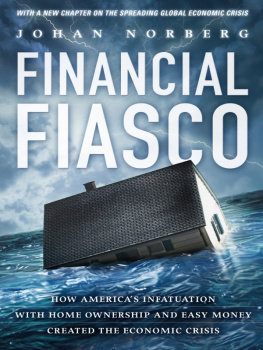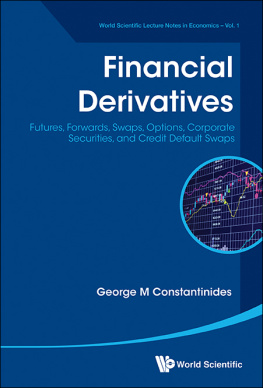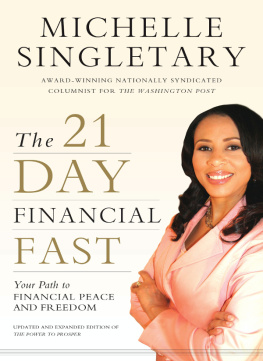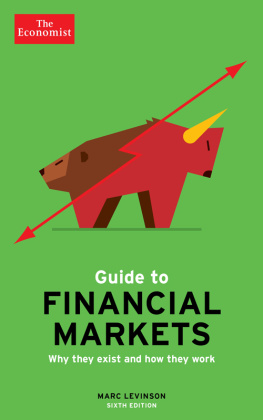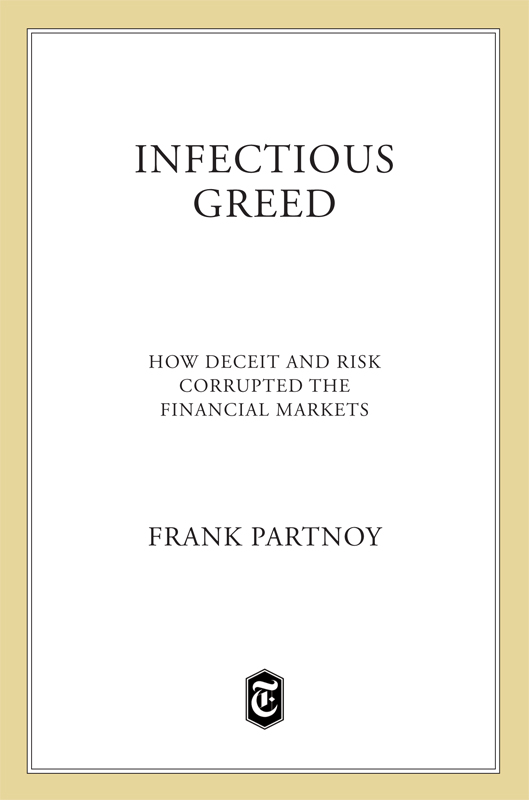Contents
Guide

The author and publisher have provided this e-book to you for your personal use only. You may not make this e-book publicly available in any way. Copyright infringement is against the law. If you believe the copy of this e-book you are reading infringes on the authors copyright, please notify the publisher at: us.macmillanusa.com/piracy.
CONTENTS
For Fletch
An infectious greed seemed to grip much of our business community. It is not that humans have become any more greedy than in generations past. It is that the avenues to express greed have grown so enormously.
Alan Greenspan, testimony before the Senate Banking Committee, July 16, 2002
In principle, the losses will be spread across a broader range of investors than in past debt crunches, suggesting risks have been well diversified and the financial system is secure. In practice, financial market and corporate innovation during the 1990s has meant it is impossible to be sure, a source of concern to financial regulators.
Stephen Fidler and Vincent Boland, Financial Times, May 31, 2002
INTRODUCTION
The 1990s were a decade of persistently rising marketsten solid years of economic expansion, with investors pouring record amounts into stocks and pocketing double-digit returns year after year. The recent stock-price boom was the longest-lived bull market since World War II. Some stocks or sectors suffered periodically, but almost anyone who remained invested throughout the decade made money.
During this time, individuals came to believe in financial markets, almost as a matter of religious faith. Stocks became a part of daily conversation, and investors viewed the rapid change and creative destruction among companies as investment opportunities, not reasons for worry. In 1990, the ten largest U.S. firmsincluding companies such as Exxon and General Motorswere in industrial businesses or natural resources. By 2000, six of the largest ten firms were in technology, and the top twoCisco and Microsofthad not existed a generation before. These stocks almost always went up. Microsoft met analysts expectations in 39 of 40 quarters, and for 51 straight quarters the earnings of General Electrica leading industrial firm that was also heavily involved in financial marketswere higher than those of the previous year.
The decade was peppered with financial debacles, but these faded quickly from memory even as they increased in size and complexity. The billion-dollar-plus scandals included some colorful characters (Robert Citron of Orange County, Nick Leeson of Barings, and John Meriwether of Long-Term Capital Management), but even as each new scandal outdid the others in previously unimaginable ways, the markets merely hiccoughed and then started going up again. It didnt seem that anything serious was wrong, and their ability to shake off a scandal made markets seem even more under control.
When Enron collapsed in late 2001, it shattered some investors beliefs and took a few other stocks down with it. But after a few months, many investors began yawning at Enron stories, confident that the markets had survived yet another blow. Few considered whether the problems at Enron were endemic, or whether it was possible that Enron was only the tip of the iceberg. Instead, investors shrugged off the losses, and went back to watching CNBC, checking on their other stocks.
Then, Global Crossing and WorldCom declared bankruptcy, and dozens of corporate scandals materialized as the major stock indices lost a quarter of their value. Congress expressed outrage and mollified some investors with relatively minor accounting reforms. But most investors were perplexed. Should they wait patiently for another upward run, confident that Adam Smiths invisible hand would discipline the bad companies and reward the good? Or should they rush for the exits? The conventional wisdom was that markets would remain under control, that the few bad apples would be punished, and that the financial system was not under any serious overall threat.
The argument in this book is that the conventional wisdom is wrong. Instead, any appearance of control in todays financial markets is only an illusion, not a grounded reality. Markets have come to the brink of collapse several times during the past decade, with the meltdowns related to Enron and Long-Term Capital Management being prominent examples. Today, the risk of system-wide collapse is greater than ever before. Although a handful of regulators and Wall Street managers have known about some of the systemic problems, individual investors have been largely oblivious to the fact that they have dodged, not a bullet, but a nuclear meltdown. The truth is that the markets have been, and are, spinning out of control.
What is the evidence that markets are out of control? How did they get away? What were the major changes in finance, law, and culture since the late 1980s that drove them to the edge? Why were investors unaware of the potential calamities? What are the threads that bind together the stories of spectacular gains and even more spectacular collapses during the past decade? And what can be done to avoid a crisis? Those are the questions addressed in these pages.
The relatively simple markets that financial economists had praised during the 1980s as efficient and self-correcting had radically changed by 2002. The closing bell of the New York Stock Exchange was barely relevant, as securities traded 24 hours a day, around the world. The largest markets were private, and didnt touch regulated exchanges at all. Financial derivatives were as prevalent as stocks and bonds, and nearly as many assets and liabilities were off balance sheet as on. Companies reported earnings were a fiction, and financial reports were chock-full of disclosures that would shock the average investor if she ever even glanced at them, not that anyoneincluding financial journalists and analystsever did. Trading volatilities were sky high, with historically unrelated markets moving in lockstep, increasing the risk of systemic collapse.
In just a few years, regulators had lost what limited control they had over market intermediaries, market intermediaries had lost what limited control they had over corporate managers, and corporate managers had lost what limited control they had over employees. This loss-of-control daisy chain had led to exponential risk-taking at many companies, largely hidden from public view. Simply put, the appearance of control in financial markets was a fiction.
If investors believe in the fiction of control, and ignore the facts, the markets can continue to rise, as they did for over a decade. But if investors question their faith, as they have more recently, and head for the exits, the downturn will be long and hard. As investment guru James Grant recently put it, People are not intrinsically greedy. They are only cyclically greedy. The most recent cycle of greed appears to have ended, but at some point, inevitably, the next one will begin.
This book traces three major changes in financial markets during the past fifteen years. First, financial instruments became increasingly complex and were pushed underground, as more parties used financial engineering to manipulate earnings and to avoid regulation. Second, control and ownership of companies moved greater distances apart, as even sophisticated investors could not monitor senior managers, and even diligent senior managers could not monitor increasingly aggressive employees. Third, markets were deregulated, and prosecutors rarely punished financial malfeasance.


